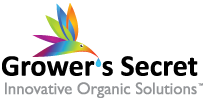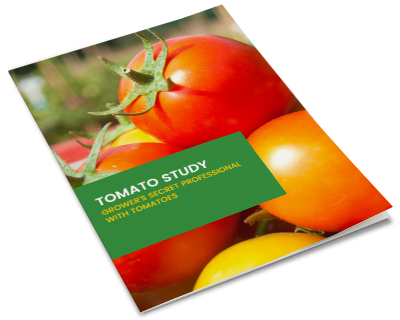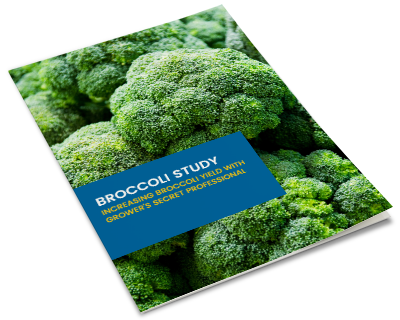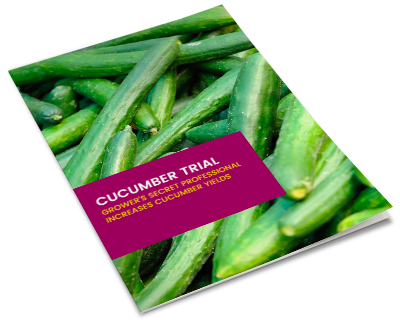|
Posted By: Wesley Chun, Ph.D. / |
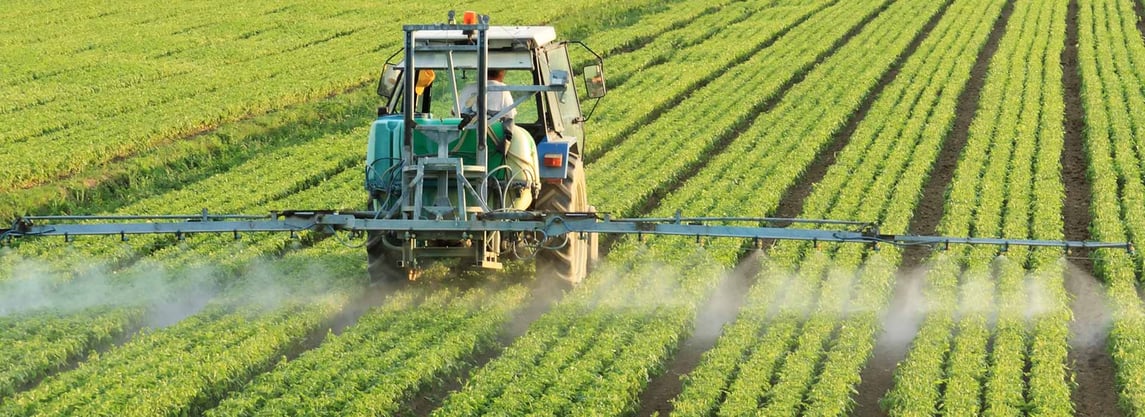
It has been decades since I first learned about essential elements for plants. Back then, there were 16 essential elements, now there are 18. So it’s a good time to have a refresher course on fertilizer basics and update our current knowledge of the essential elements. In the next series of articles we will revisit all the macro and micro nutrients. But before we do that, let’s return to fertilizer basics.
Plant Nutrients. A fertilizer is any substance that is added to the soil, sprayed on the aerial part of plants, or applied as a coating on seeds to supply one or more plant nutrients. A plant nutrient is a chemical compound or element that functions as a raw material for use in the synthesis of functional and structural compounds in living organisms. Essential elements are those nutrients that are necessary for plants to complete their life cycle. Essential elements are defined by two criteria. The first criterion is the element must be directly involved in the inorganic nutrition of the plant. The second criterion is the element is part of the molecule of an essential plant constituent or metabolite. There are now 18 essential chemical elements needed by plants for growth. Absence or insufficient levels of essential element results in abnormal growth or deficiency symptoms that are characteristic for the deficiency in plants. For example, interveinal chlorosis (yellowing between veins) in new leaves are indicative of an iron (Fe) deficiency. In most cases, the function of the essential element cannot be replaced by another element or chemical compound. Essential elements are grouped into macronutrients - those elements that are present in plants in large concentrations (1 to 10 mg per gram dry matter), and micronutrients or trace elements - chemicals that are present in low concentrations in plants (less than 0.1 mg per gram of dry matter). The macronutrients carbon (C), hydrogen (H), and oxygen (O) make up to 98% of the total fresh weight of a plant. These structural nutrients are usually obtained from air and water. The macronutrients nitrogen (N), phosphorus (P) and potassium (K) are known as the primary micronutrients. Calcium (Ca), magnesium (Mg), and sulphur (S), are needed in lesser quantities and are considered secondary macronutrients. The micronutrients include boron (B), chlorine (Cl), cobalt (Co), copper (Cu), iron (Fe), manganese (Mn), molybdenum (Mo), nickel (Ni), and zinc (Zn) although iron can reach secondary macronutrient levels in some plants.
There are other recognized micronutrients or elements that play important roles in some plants. These include sodium (Na), selenium (Se), and silicon (Si). Sodium is essential for the concentration of carbon in C4 plants (grasses). In other plants, excess sodium can be problematic. Selenium is toxic to most plants but certain plants accumulate selenium as a defense against predation. In locoweed, selenium functions as an essential nutrient. Silicon, because of its recognized role in plant nutrition, especially under “stress” conditions, has been referred to as a functional element, a beneficial nutrient, or a quasi essential nutrient.
Plant Nutrients in Soils. Plants obtain the three primary nutrients CHO from air and water. Normally soil macronutrient and micronutrient levels are sufficient to complete a life cycle of a plant. However, under cropping situations, user inputs are required to replace nutrients removed with each harvest. For example, a 300 bushel corn harvest, removes about 201 pounds of nitrogen. That nitrogen has to be replaced before another crop is grown. The type, amount, and frequency of fertilizer application is dependent on the environmental conditions, plant, and target yields. The most important thing to bear in mind is to maintain a proper balance of nutrients for the plant.
Fertilizing with Plant Nutrients. Before you use any fertilizer, read the label. The prominent three numbers refer to the percentage by weight of N, P, and K. A good way to remember the importance of these three numbers are “Top, Down, and All Around” which references the major roles of these three macronutrients. Nitrogen (N) promotes green growth. Phosphorus (P) encourages healthy root growth. Potassium (K) plays major roles in plant growth regulation and is important for disease resistance, drought tolerance, and other stresses. General purpose fertilizers such as 12-12-12 or 12-8-6 are intended to meet most plants’ general growing requirement throughout the growing season. Special purpose fertilizers are formulated for specific needs. For example, a 16-6-4 fertilizer is best used in the spring to encourage lush growth or to green up your lawn. A 3-20-20 fertilizer stimulates root growth, stem vigor, and flower and fruit production. Organic fertilizers have gained in popularity in recent years. Some organic fertilizers provide nitrogen as a mix of amino acids and peptides. The amino acids are immediately used by the plant and microbial activity is needed for the peptides to be converted into plant usable form. Soy based fertilizer provide all the nitrogen in the form of plant available amino acids. Other organic fertilizers are either mined minerals or are derived from other plant or animal feedstocks. Fertilizers come in a variety of formulations (dry powder, granular, liquid) that can meet the needs of any grower and their crops. There are advantages and disadvantages to the different fertilizer formulations and fertilizer selection should be based on crop type, crop status, environment, and cost.
Nutrient Deficiency and Toxicity Symptoms. Plants need nutrients to grow well and be productive. Lack of one or more essential nutrients will result in visual symptoms by the plant. Likewise, over application of fertilizers will also result in visual symptoms. Below is a chart to help with diagnosing nutrient deficiencies and excesses plants.
Diagnosing Nutrient Deficiencies and Toxicities in Plants
|
Element |
Mobility* |
Too Little |
Too Much |
Function |
|
Nitrogen |
Mobile |
Stunted, wood, yellow foliage, older leaves |
Marginal firing |
Chlorophyll |
|
Phosphorus |
Mobile |
Slow growing, anthocyanescence, older leaves |
Root burns |
Respiration |
|
Potassium |
Mobile |
Yellowing at margins of leaves, interveinal chlorosis, bronzing, older leaves |
No symptoms |
Catalyst in photosynthesis, stomatal regulation |
|
Boron |
Fixed |
Death of growing points, young leaves |
Blotchy chlorosis at leaf tips and margins |
Sugar and calcium mobility, cell division |
|
Calcium |
Fixed |
Stunting of new growth, brittle leaves, blossom end rot |
Decreases iron and zinc availability |
Cell wall formation |
|
Copper |
Fixed |
Chlorosis, dieback of new growth |
Chlorosis, root necrosis |
Catalyst in respiration, enzymes |
|
Iron |
Fixed |
Interveinal chlorosis in young leaves |
Bark necrosis |
Chlorophyll synthesis |
|
Magnesium |
Mobile |
Blotchy interveinal chlorosis in older leaves first |
Bark necrosis, leaf fasciation, crinkling |
Constituent in chlorophyll |
|
Manganese |
Fixed |
Regular interveinal chlorosis in young leaves |
No symptoms |
Respiration |
|
Molybdenum |
Fixed |
Stunted plants with pale yellow foliage |
No symptoms |
Protein synthesis and nitrate reduction |
|
Silicon |
Fixed |
Plants may be less sturdy |
None |
Mostly structural |
|
Sulfur |
Fixed |
Dwarfing and yellowing of younger leaves |
Burns |
Proteins and amino acid, chloroplasts. |
|
Zinc |
Fixed |
Shortened internodes in new growth |
No symptoms |
Hormone production |
*Mobility refers to an element’s ability to be scavenged from one tissue for use in another. Hence, fixed nutrients remain in the tissue where it was first incorporated and symptoms appear in new growth or younger leaves. Plants are able to scavenge mobile elements from older leaves to support new growth and symptoms appear in older leaves first.
The table above is a tool that can be used to diagnose nutrient problems in the field. It is not meant to be a substitution for soil and or leaf analyses. Seek assistance from your local professional plant care professional for clarification of plant symptoms.
Choosing the Right Fertilizer. Choosing the right fertilizer can be a challenge. The garden section of local and online stores provide a wide range of fertilizer products. For most, a general purpose fertilizer will suffice. Specialized fertilizers would be your next consideration. A third option are specific fertilizer, where N-P-K ratios are designed for a particular plant. These can be costlier and in the end, a general purpose fertilizer may be all that you need. There are other considerations for selecting fertilizers. Formulation (dry soluble, granular, liquid), release (quick or slow), type (synthetic or organic), additives (insecticides and herbicides), additional macro and micronutrients, and cost will factor into your decision. Make the right decision and you’ll be pleased with whatever you are growing.

